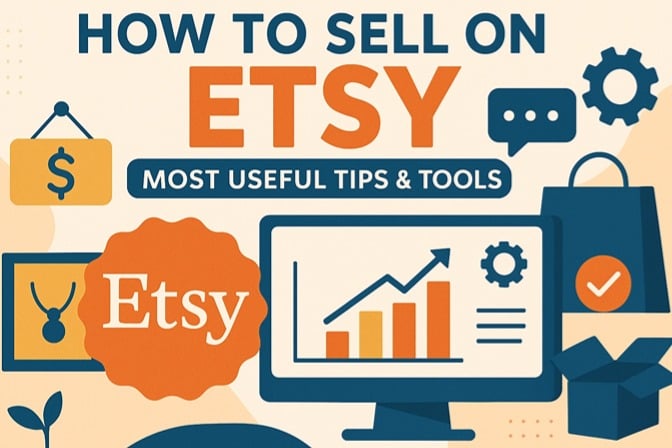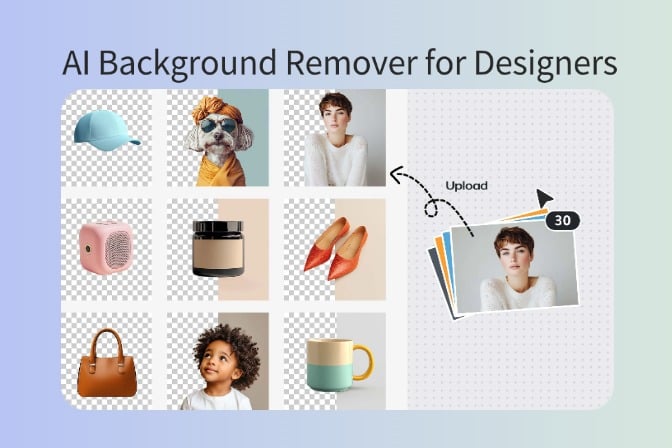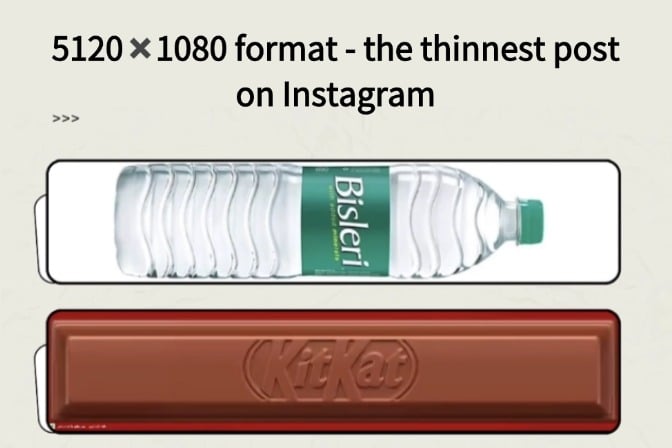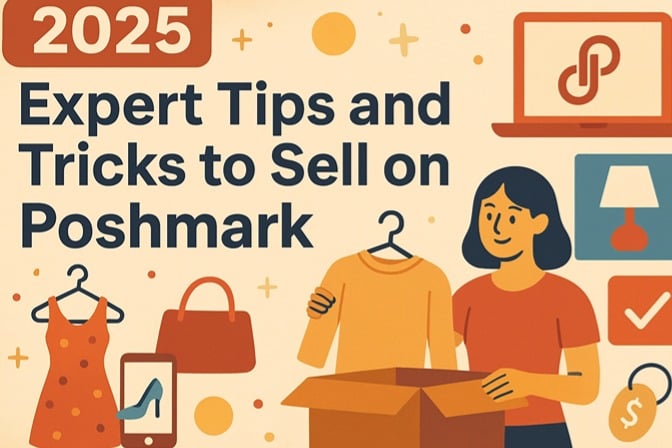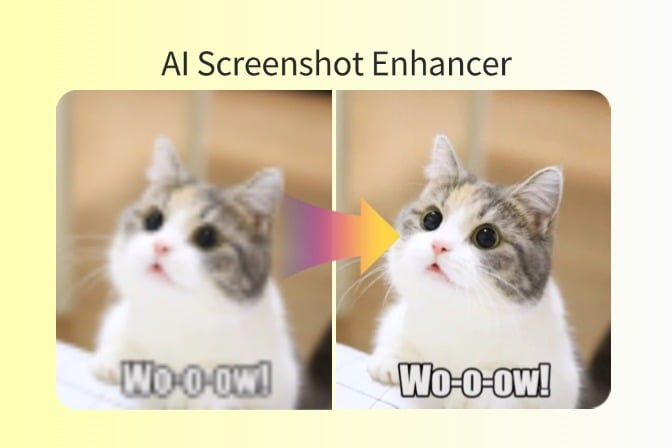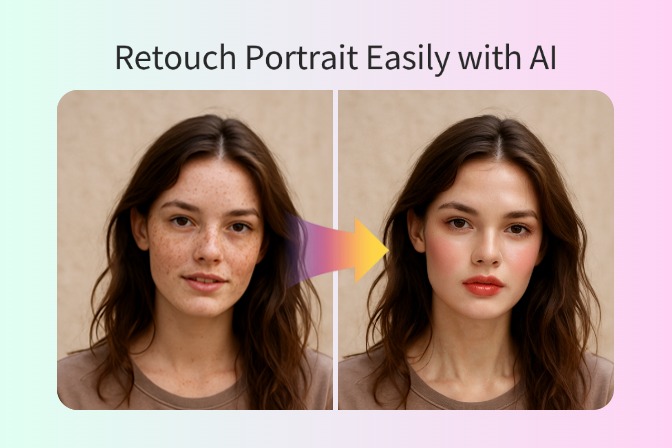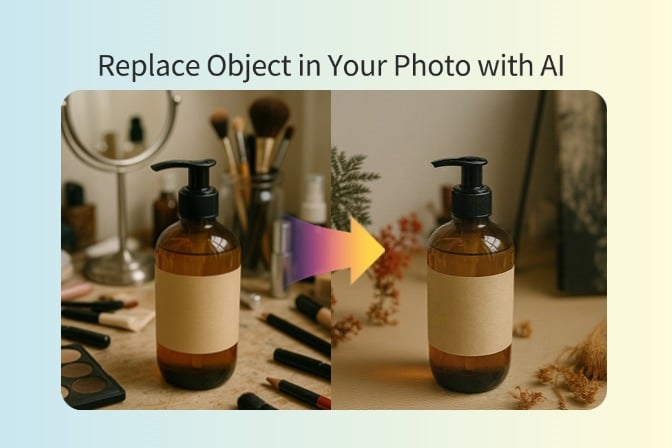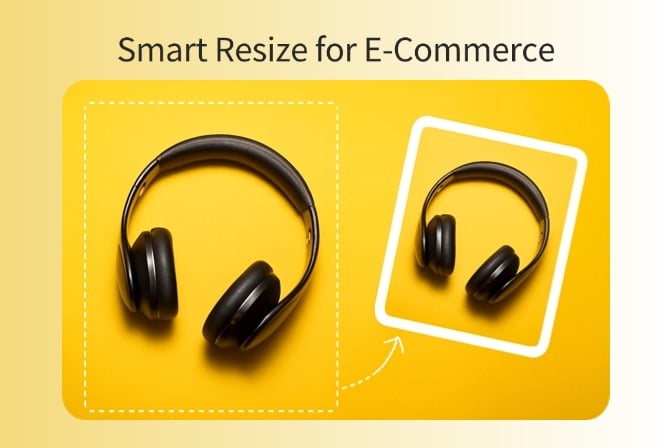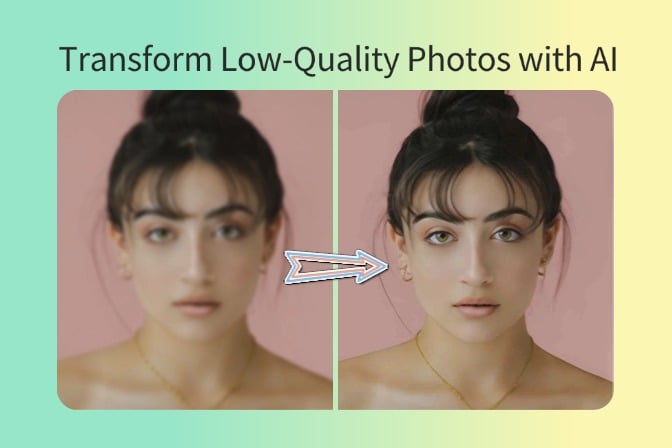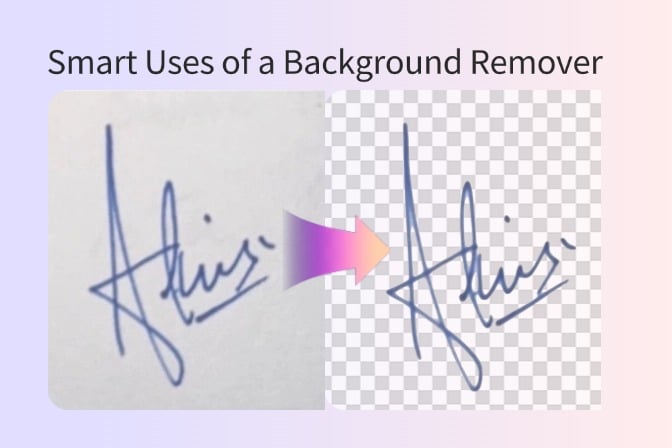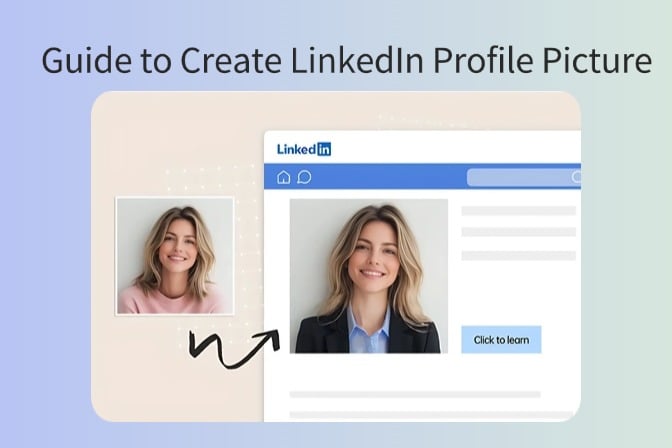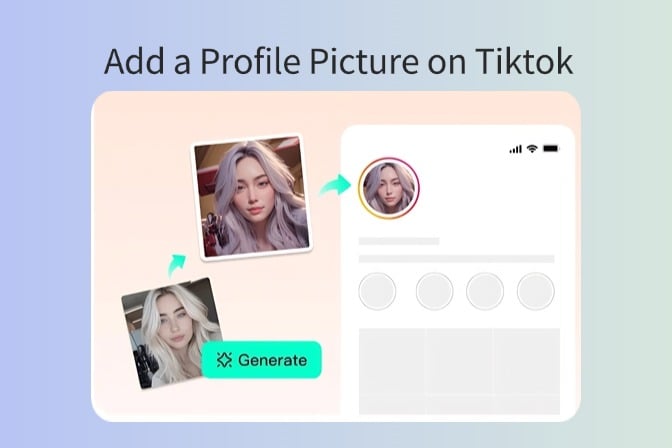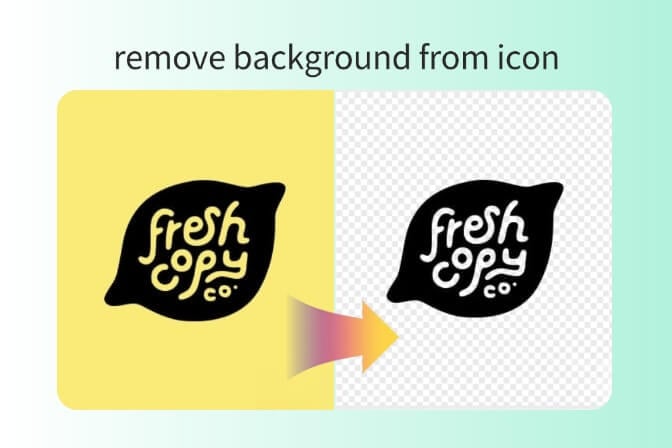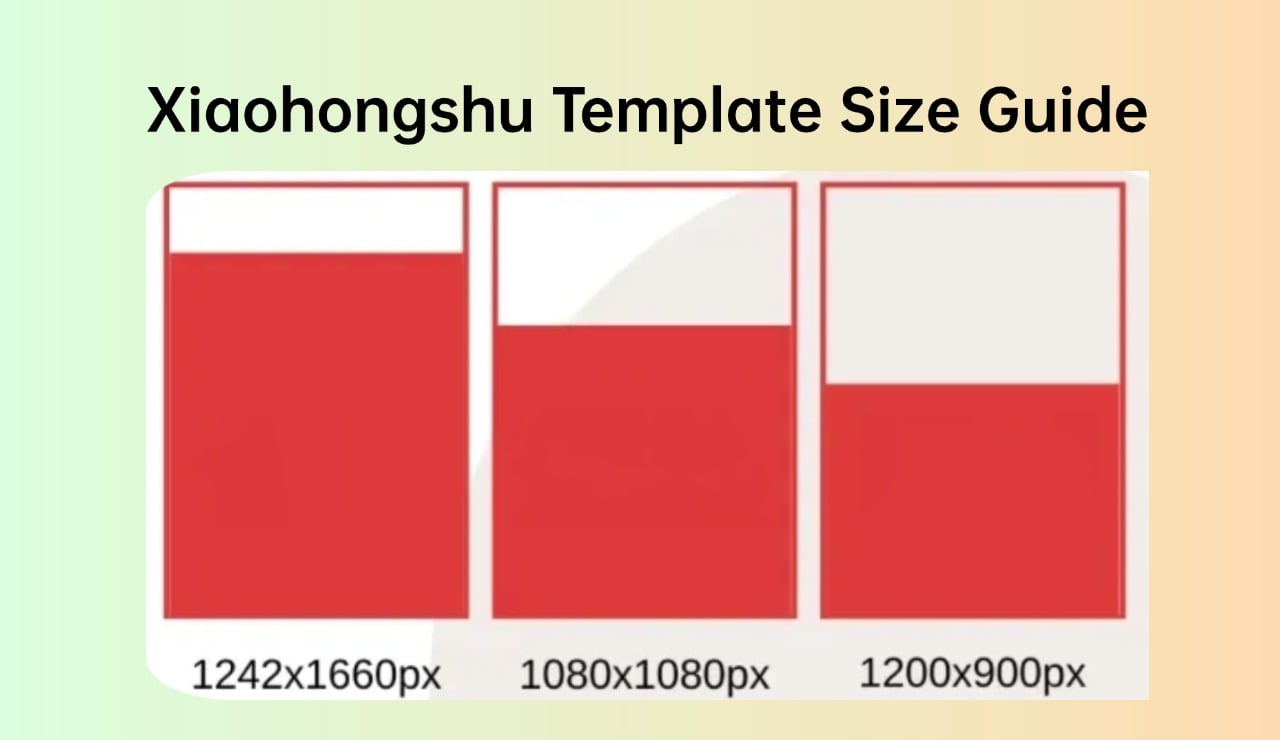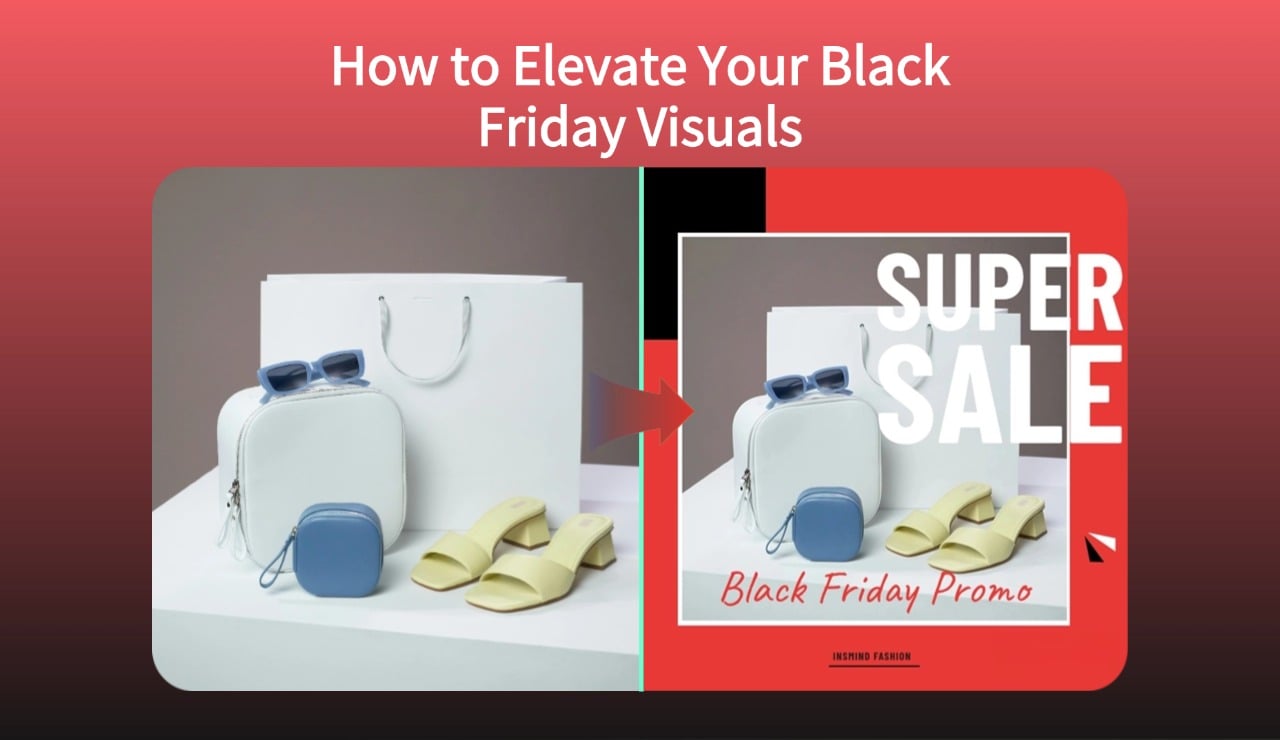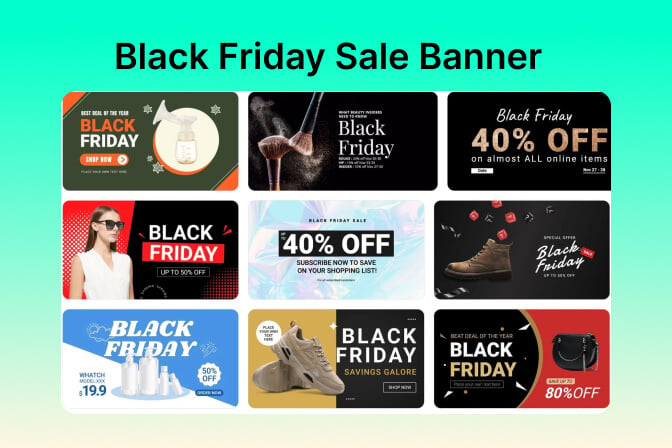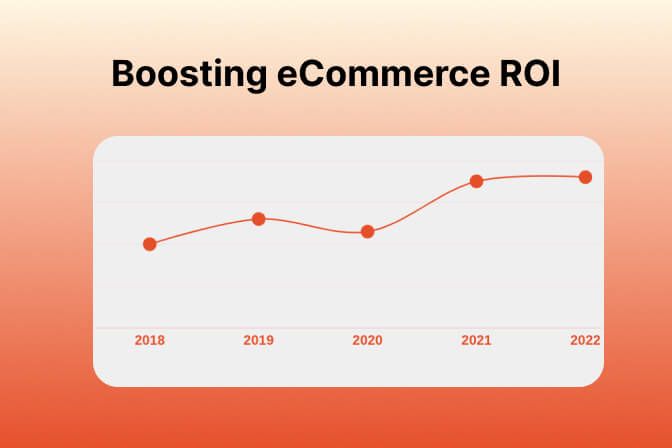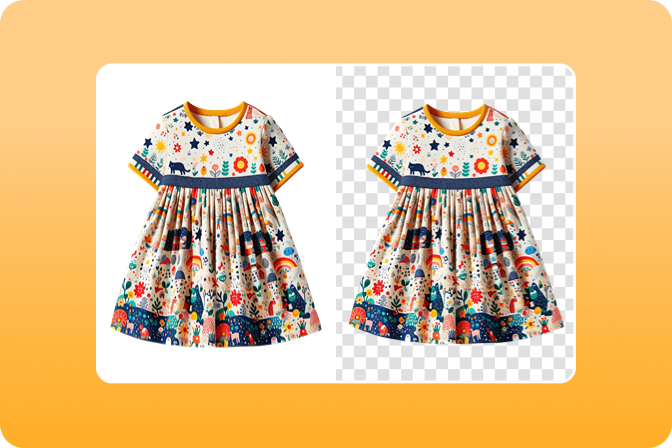Etsy is a popular online marketplace where independent artists, crafters, and collectors can sell their handmade and vintage goods. In 2024, Etsy had over 100 million items in its marketplace and connected over 90 million buyers with 6+ million sellers.
Selling on Etsy is becoming challenging due to growing competition, evolving policies, specific visual requirements, and other issues. Therefore, we have designed this guide for Etsy's new and existing sellers to learn what Etsy is today, common pain points of selling, and practical solutions with digital tools to improve Etsy shop performance.
Table of Contents
What is Etsy?
Etsy is an e-commerce company that provides a platform to independent artists and crafters to sell their goods. There is a wide range of categories sellers can sell on Etsy, including:
- Jewelry
- Bags & Purses
- Clothing
- Home & Living (including home decor, furniture)
- Toys & Games
- Vintage items (must be 20+ years old)
- Art & Collectibles
- Books, Movies & Music
- Craft Supplies & Tools
- Bath & Beauty
- Weddings (decor and accessories)
- Stationery & Party Supplies

What makes Etsy different from Amazon and Walmart is that everything on the site is collected, built, curated, and sold by its sellers. Etsy sellers design products and manage orders and inventory. The platform just acts as a middleman and provides a platform for buyers and sellers to connect.
Etsy generates its income mainly through three key channels: fees from its marketplace, which include a commission of 6.5% on the final sale price of each item; a fixed listing fee of 20 cents charged per product listed for sale; and various seller services that cover charges for features like promoted listings, payment processing, and the purchase of shipping labels directly on the platform.
Etsy attracts roughly 400 million visitors every year. Overall, it remains one of the largest and most popular online marketplaces for handmade, vintage, and unique goods, with an engaged customer base and growing international reach.
Pain Points of Etsy Sellers
Etsy sellers get access to a large marketplace to sell their unique products, but some crucial pain points in this journey impact their success. Some of these common pain points include:
- Batch Listing Hassles: Creating listings and repetitive image editing for multiple products one by one is tedious and time-consuming.
- Unclear Etsy Image Rules: Many sellers struggle to keep up with Etsy's updated size and background requirements in 2025. They eventually end up with less optimized product photos that fail to meet Etsy's standards or get buyers' attention.
- AI Use: Etsy prohibits the use of AI without disclosure. If an item is created using AI, sellers must mention this in the listing description. Moreover, sellers cannot sell the text prompts of AI art. In addition, the product listed as "Made by the seller" must be entirely created from scratch by the seller. All these AI-centric policies restrict sellers from fully benefiting from AI.
- Photo Quality Issues: Many sellers lack professional photography skills, proper equipment, or advanced editing tools, which makes it difficult to create high-quality images. Due to that, product photos may look too fake, unprofessional, cluttered with messy backgrounds, or AI-manipulated. All these compromise buyer trust and hurt sales.
- Visibility & Competition: The millions of sellers on Etsy make it challenging to get listings noticed. It requires strong SEO practices and marketing tactics to reach out to potential buyers.
- Excessive Time Commitment: Creating listings, managing orders, and handling customer service leave sellers struggling to find time to focus on growth or creativity.
- Increasing Fees: Etsy sellers pay several fees that add up and reduce profits. These include a $0.20 fee for each product listing, a 6.5% cut of the total sale price, and payment processing fees. Sellers with over $10,000 in yearly sales also face mandatory advertising fees of 12% to 15%.
- Limited Analytics: Etsy's built-in analytics are limited and do not provide detailed insights on what to optimize and how to grow further.
How to Solve the Problems of Etsy Sellers
Facing challenges in selling on Etsy is a part of the process, but shouldn't be a source of discouragement.
“I’m convinced that about half of what separates the successful entrepreneurs from the non-successful ones is pure perseverance.” — Steve Jobs, Co-founder of Apple, Inc.
Let's now look at the solutions for all the pain points we discussed above:
1. Automation Tools for Batch Listing
There are now tools that can help bulk upload listings with just a few clicks. You can use Shop Uploader, Nembol, Evlista, and similar other tools that help create new listings and update existing ones from one platform.
Similarly, you can tackle the hassle of repetitive photo editing for multiple products with the insMind AI Photo Editor. It is a web-based editor that offers all the features you need to edit product photos. The best part is that it offers a Batch Edit feature where you can upload up to 30 images and perform actions like remove/change/add background, enhance image quality, resize, and more.

2. Review the Etsy Photo Requirement Regularly
Etsy photo requirements are only frustrating if you don't keep track of them regularly. It's not necessary to review the requirements every week, but checking for updates every few months is recommended.
Etsy keeps its website updated with requirements and best practices for images. In addition, it has created the ultimate guide to product photography for new sellers to master the art of capturing the perfect shots.
Other than knowing Etsy photo requirements, the other key aspect is how to comply with those requirements. For example, Etsy has different pixel requirements depending on where the image is used, i.e., thumbnails, listing previews, and zoomed-in product views, all of which have recommended dimensions. To tackle that, you can use insMind Smart Image Resizer to generate multiple sizes with one click without compromising the quality.

3. Avoid & Disclose AI Use
Etsy does not prohibit the use of AI, but it wants clear disclosure of any AI involvement in product creation. Sellers should use AI for supporting tasks rather than creating the product entirely.
You can safely use insMind and Canva to make edits to your designs, as they don't create the product itself but enhance its display, which is acceptable by Etsy. Besides that, stay updated with Etsy's AI policies, as rules may continue to update over time.
4. AI Photo Editor to Enhance Photo Quality
Don't have professional photography skills? Don't worry! Now that we are in the AI era, you just need the right AI photo editor at your side to design eye-catching product photos.
insMind is one of the most advanced and intuitive AI photo editors for Etsy sellers. It lets you perform AI-backed edits, including:
- Background removal, change, or creation
- Enhance images for better clarity
- Resize and crop photos to meet Etsy's requirements
- Convert image formats
- Add realistic shadows to products
- Design product ads
- Create custom logos
- Build product collages
- Magnify product elements for close-up views
- Mark product size
- Erase unwanted objects

In short, insMind is your all-in-one tool to handle all photo-related activities. All it requires is uploading photos, using the text prompt to instruct AI, and getting top-notch results in seconds.
Don't just take our word for it. Try insMind for free directly on the web browser or download its iOS and Android apps.
5. SEO Practices to Improve Visibility
Competition is there in Etsy, but sellers can still manage to make their listings visible with a few SEO practices:
- Research and use buyer-centric keywords in titles, tags, and descriptions.
- Invest in strong thumbnails, as it's the first image that drives clicks.
- Promote products through Pinterest, Instagram, and TikTok.
- Run small Etsy Ads campaigns to test what converts.
- Also, use eRank, Marmalead, or any other SEO tool to identify trending keywords and optimize your listings accordingly.
6. Automate Tasks to Save Time
Etsy sellers don't have to spend all their time on listings, photos, customer service, packaging, and marketing. There are now tools that can automate all these tasks:
- Use Shop Uploader to create and edit multiple listings simultaneously.
- Use Vendoo to manage inventory and batch list products across various marketplaces.
- Use the insMind AI tool to add/remove/change background, resize images, design logos, enhance quality, etc.
- Use Zapier to automate customer messaging and data entry.
- Use QuickBooks for automated bookkeeping, accounting, and tax preparation integrated with Etsy sales.
- Use Mailchimp, Buffer, Bitly, and other tools to manage marketing activities.
7. Calculate Fees Upfront
Etsy has clear instructions on what fees it charges for listing, transactions, processing, and ads. To avoid these costs eating into profits, the right strategy is to manage them upfront. What Etsy sellers should do is:
- Calculate fees upfront and price products to include them.
- Bundle items to reduce per-listing fees.
- Monitor Etsy Ads ROI and set strict ad budgets.
8. Integrate Other Analytics Tools
Etsy's built-in analytics are basic and fail to provide deeper insights. The recommended approach is to integrate other analytics tools to get more data on sales performance. For example, you can integrate:
- Alura for sales estimates, competitor insights, keyword analysis, etc.
- Google Analytics to track buyer behavior, traffic sources, conversion funnels, merchandising strategies, etc.
- Seller Way to get detailed analytics on listings content, traffic, etc.
Additional Tips for Running a Successful Etsy Shop
Once you follow the above tips, most of the challenges of running an Etsy shop are going to be resolved. However, we don't want you to stick with those solutions only. Below, we have shortlisted additional tips that help run a successful Etsy shop:
- Use social media to engage targeted audiences
- Encourage reviews for social proof
- Use natural light in photos
- Diversify product and seasonal offerings
- Create content like blogs and videos
- Offer responsive and personalized customer service
- Experiment with limited-time discounts or promotions
- Invest in consistent branding across your shop and packaging
- Use Etsy Ads strategically to boost visibility
- Bundle products to increase average order value
- Analyze Etsy shop stats to refine your strategy
Conclusion
Etsy is a perfect e-commerce platform for creative entrepreneurs to showcase their unique products. However, selling on Etsy requires adapting to its rules, optimizing images, and using the right tools to get a competitive edge.
Above, we have discussed the best tips and tools that help address the pain points of selling on Etsy and increase the chances of success. Among all, the insMind AI Photo Editor is a must-have companion for Etsy sellers due to its extensive range of AI tools and fast processing capabilities.
Overall, the wrap-up of this guide is a reminder to apply the shared solutions and focus on consistency and quality to build a flourishing Etsy shop.
Jayson Harrington
I am the Chief Editor of insMind. I provide tips and skills to help users design better photos with insMind, whether for e-commerce, social media, or any other use.


